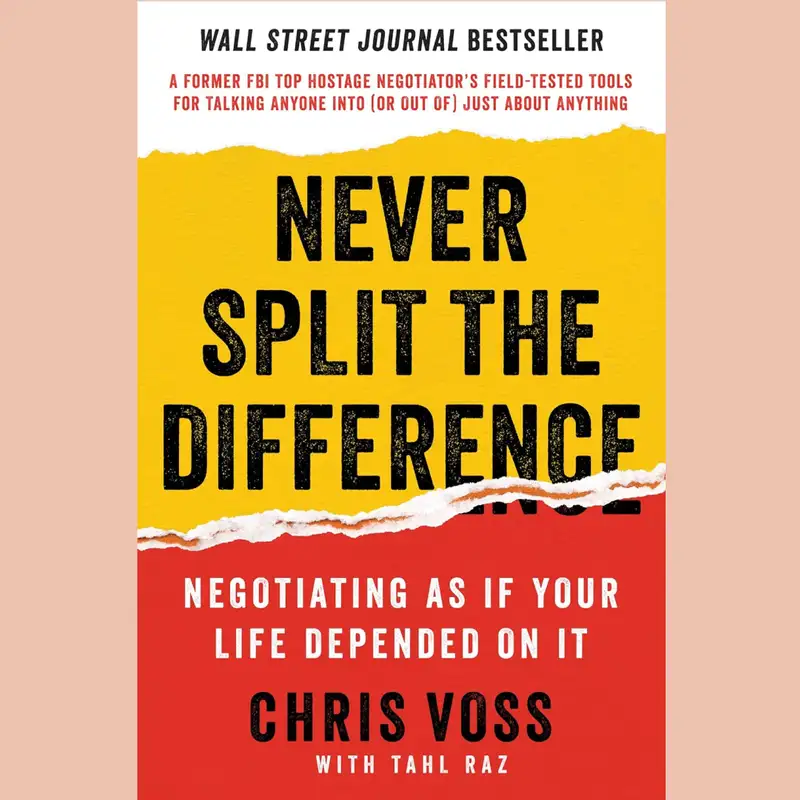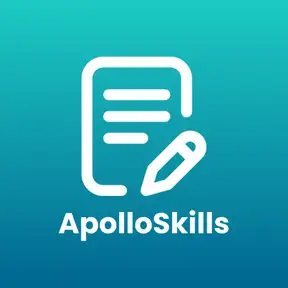Never Split The Difference by Chris Voss
Summary: Never Split The Difference by Chris Voss
Chris Voss’s Never Split the Difference: Negotiating As If Your Life Depended On It offers a thought-provoking approach to negotiation that challenges conventional wisdom. Drawing on his career as a lead FBI hostage negotiator, Voss introduces readers to powerful, psychologically-based negotiation techniques that can be applied far beyond crises. By focusing on emotional intelligence, calibrated questioning, and tactical listening, Voss’s approach underscores that successful negotiation is as much about understanding people as it is about achieving goals.
1. Empathy as a Strategic Tool
Central to Voss’s approach is what he calls “tactical empathy.” Voss argues that empathy is not about agreeing with the other person but about understanding their perspective and demonstrating that understanding. In negotiations, this approach creates trust and encourages open communication. By actively listening and showing awareness of the other party’s emotions, negotiators can influence outcomes more effectively. Voss explains, "Empathy is about making the other person feel heard and understood, not necessarily agreed with.” This approach proves invaluable in both high-stakes and everyday negotiations by fostering rapport.
2. Tactical Mirroring to Build Rapport
Voss introduces the mirroring technique, simply repeating the last few words or the key phrases of the other person. This method might appear overly simplistic, yet it has a powerful effect, helping the negotiator guide the discussion without directly interrupting or altering its flow and mirroring works by prompting the other person to expand on their ideas, making them feel validated and understood, which builds rapport. It’s a subtle way of getting the other party to clarify and open up. For example, if a counterpart says, “The timeline is a concern,” repeating, “The timeline?” often leads them to elaborate further, providing critical information.
3. Labeling Emotions for Deeper Understanding
Labeling involves identifying and articulating the emotions or concerns of the other party, allowing them to feel validated. Voss suggests this technique to encourage transparency and reduce tension. By naming the other person's emotions, such as saying, “It sounds like you’re feeling uncertain about this decision,” the negotiator can establish an atmosphere of understanding. This helps defuse potential defensiveness and fosters open, constructive dialogue. As Voss emphasizes, “Labeling is not about being right, it’s about helping the other person feel understood.”
4. Using Calibrated Questions to Guide Conversations
A significant insight Voss provides is the use of calibrated questions, particularly those beginning with “how” and “what.” These types of questions help steer the conversation in a non-threatening way while allowing the negotiator to gather helpful information and maintain control over the dialogue. For instance, a negotiator might ask, “What’s the main obstacle to meeting this deadline instead of directly requesting a deadline extension?” Calibrated questions encourage the other party to collaborate on finding a solution, keeping the conversation focused on problem-solving rather than confrontation.
5. Preempting Objections with the Accusation Audit
One of the unique techniques Voss introduces is the accusation audit. Before starting a negotiation, a negotiator anticipates and openly addresses the other party’s potential concerns. By acknowledging possible objections at the beginning, the negotiator can “clear the air” and foster transparency. For example, starting with, “You might feel that we’re only concerned about our interests,” can diffuse defensiveness and establish a foundation of honesty. The accusation audit demonstrates respect for the other party’s concerns, which can lead to a more cooperative conversation.
6. Rejecting Compromise and Pursuing Optimal Solutions
Voss’s philosophy strongly advises against compromise, which he views as an unsatisfactory outcome that rarely meets the total needs of either party. Instead, he encourages negotiators to understand each side’s underlying motivations to uncover solutions that address both parties’ essential interests without unnecessary concessions. For example, rather than splitting the difference on a price, a negotiator can focus on the aspects of the deal that each party truly values, crafting a more innovative solution. As Voss says, “No deal is better than a bad deal. Aim for solutions that leave both sides feeling whole.”

